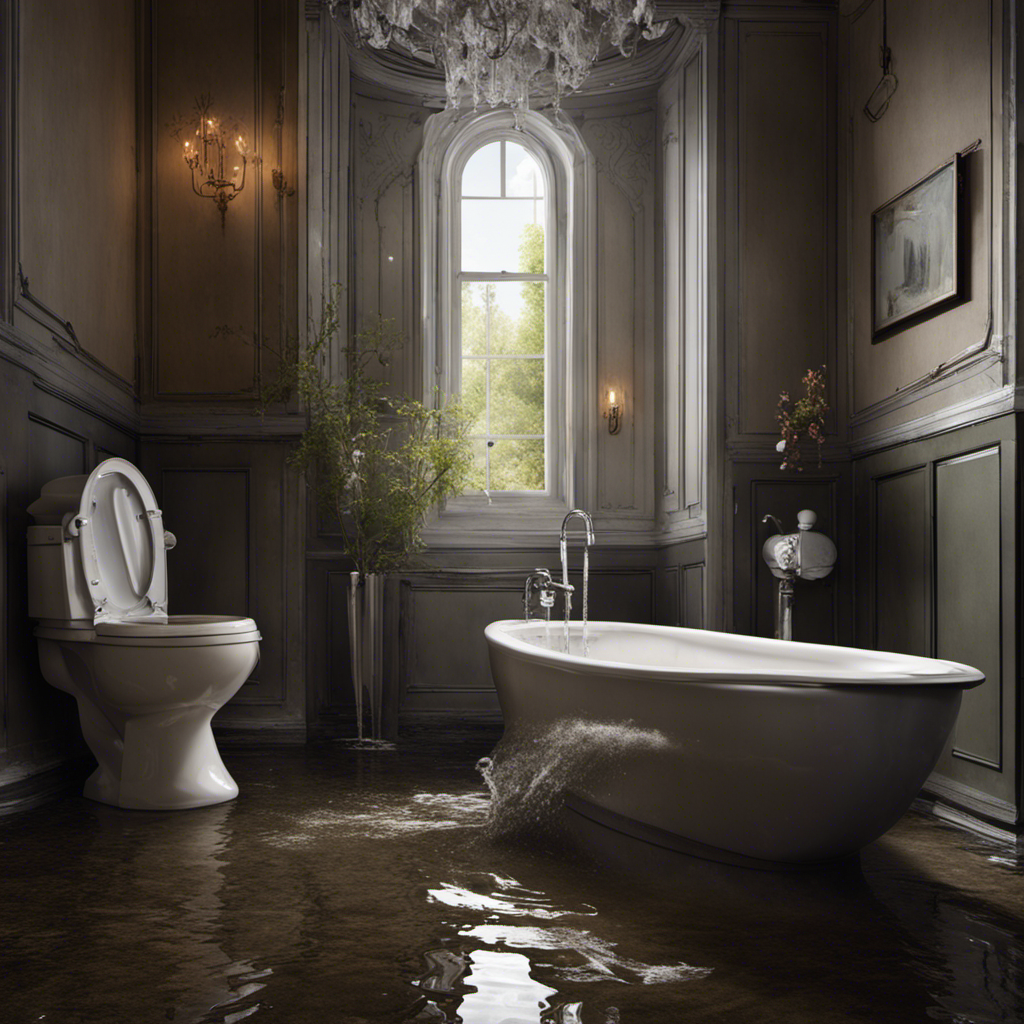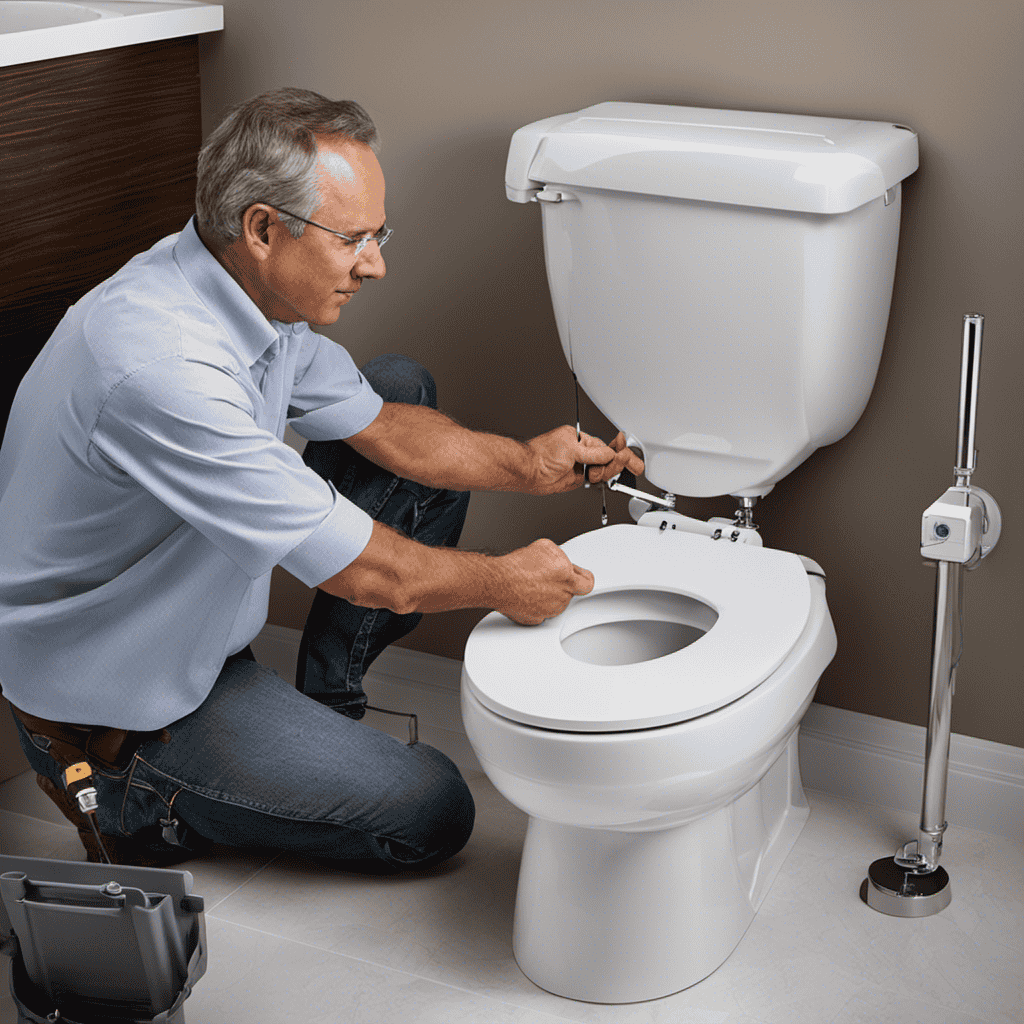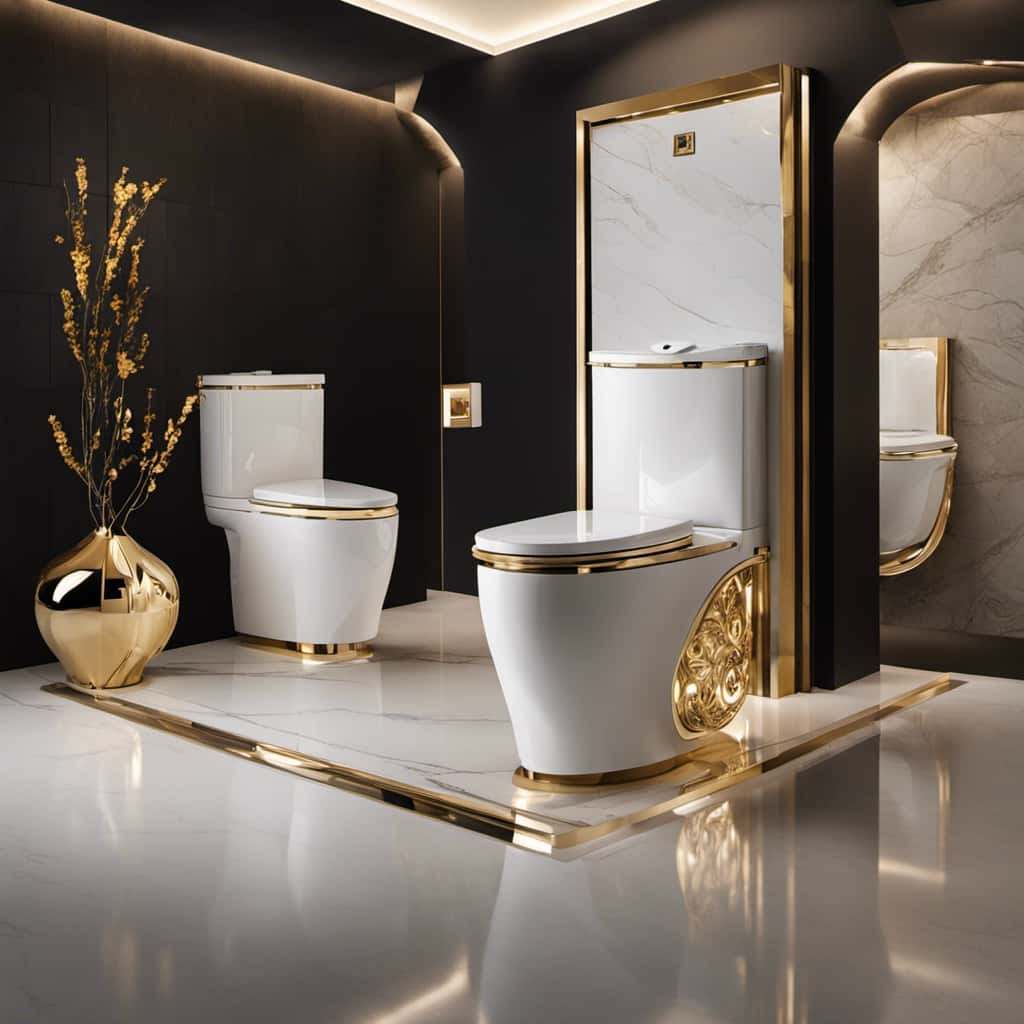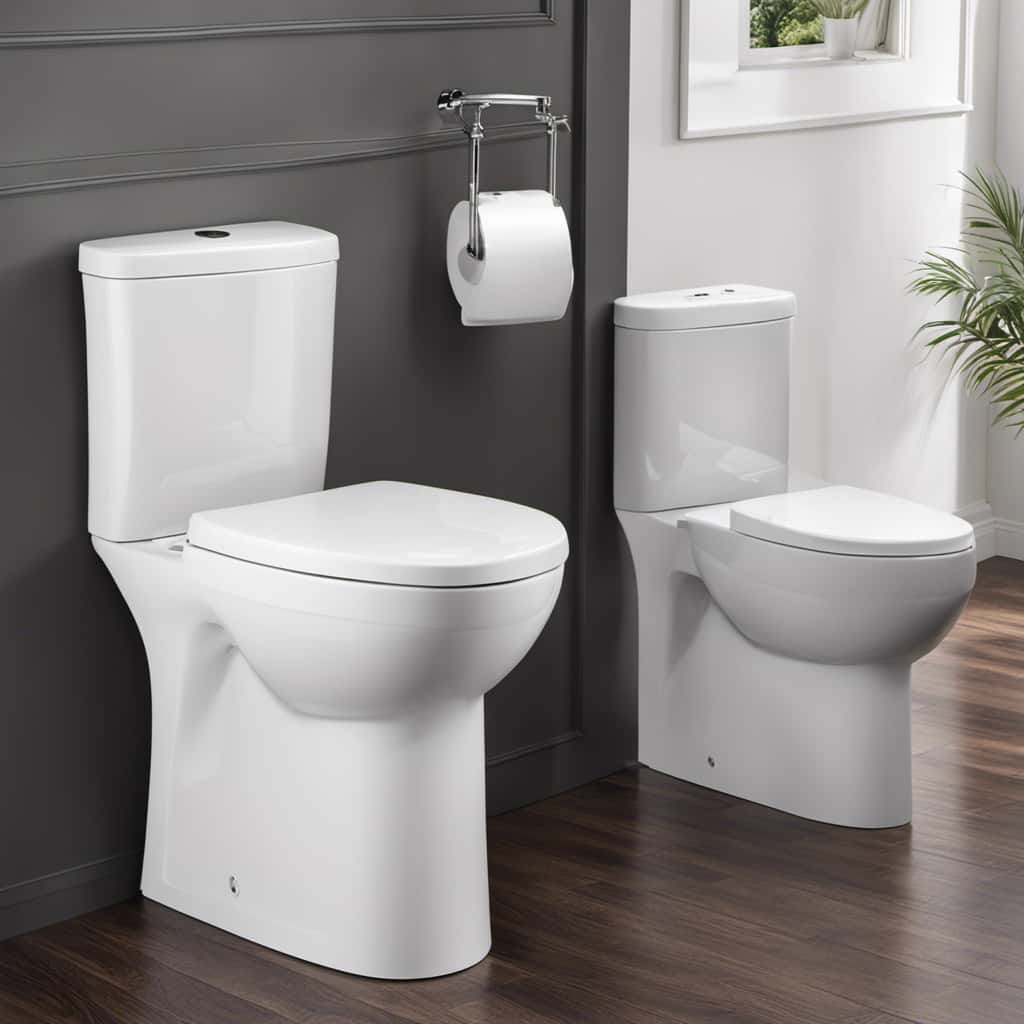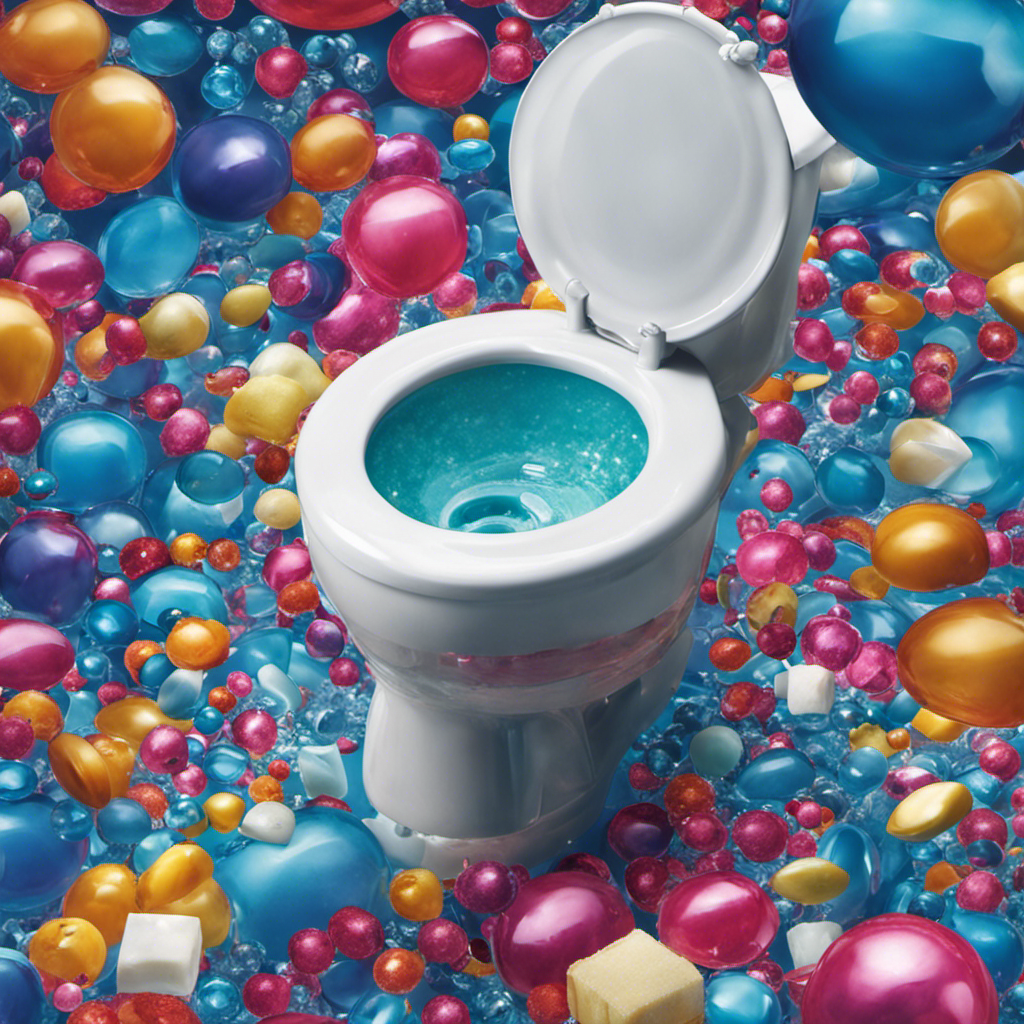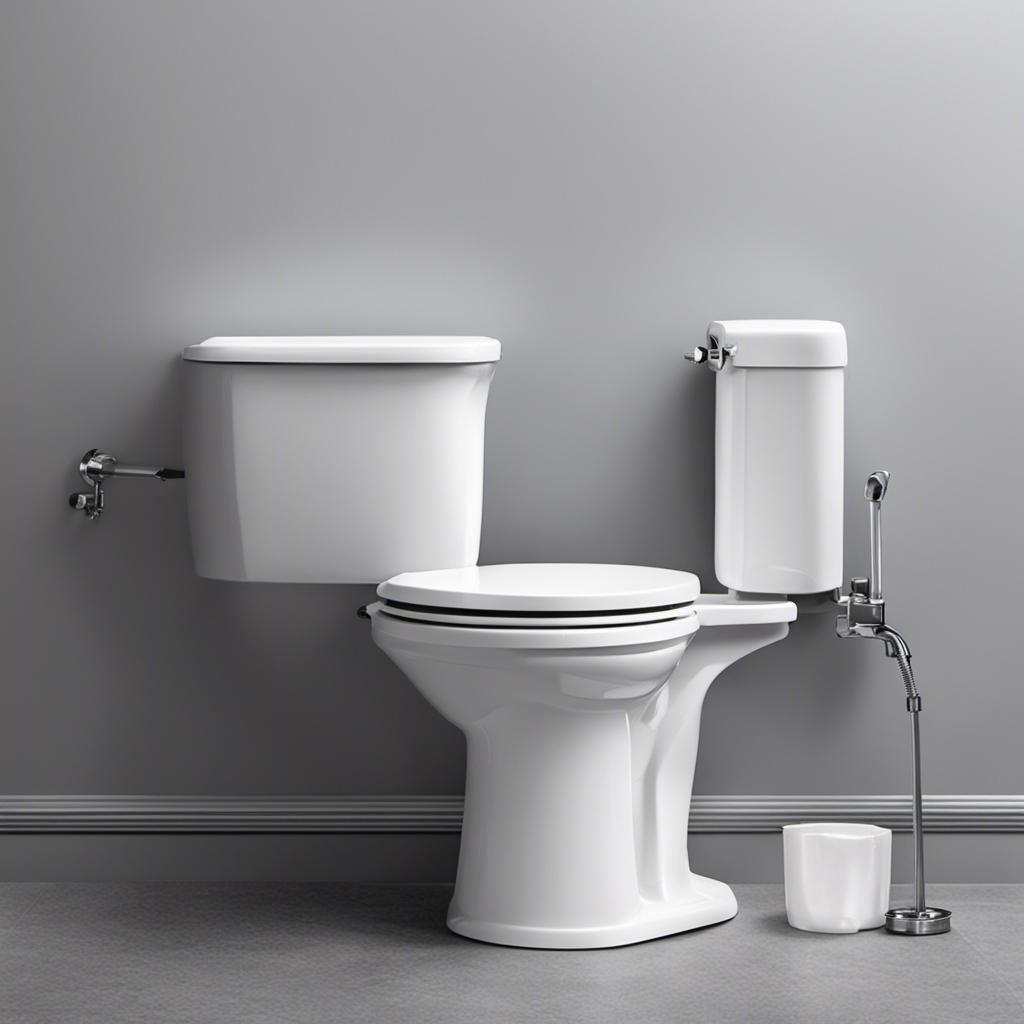When I flush the toilet, I expect the water to go down and disappear. But instead, I’m faced with an unexpected problem: the bathtub starts filling up with water. It’s a frustrating and inconvenient situation that many homeowners have experienced.
In this article, I’ll explore the common causes of this drainage issue and provide you with the knowledge to identify and fix the clog in your plumbing system. Let’s dive into the world of home plumbing and find the solution to this perplexing problem.
Key Takeaways
- Clogged or blocked drain pipe is a common cause of the bathtub filling with water when the toilet is flushed.
- Regular maintenance and professional inspections can help prevent plumbing issues and drainage problems.
- DIY drain cleaning techniques like plungers and drain snakes can be effective for unclogging drains.
- Venting plays a crucial role in preventing backflow and maintaining water quality in the plumbing system.
Common Causes of Toilet and Bathtub Drainage Issues
One common cause of your toilet and bathtub drainage issues is a clogged or blocked drain pipe. When you experience a toilet overflow or a bathtub backup, it is often due to an obstruction in the drain pipe that prevents water from flowing freely.
This obstruction can be caused by a buildup of debris such as hair, soap scum, or even foreign objects that accidentally went down the drain. Over time, this accumulation can restrict the flow of water, leading to backups in both the toilet and bathtub.
To resolve this issue, it is important to unclog the drain pipe using methods such as using a plunger, a drain snake, or chemical drain cleaners. In severe cases, professional help may be required to clear the blockage and restore proper drainage.
Understanding the Plumbing System in Your Home
Understanding the plumbing system in your home can help you troubleshoot issues like the bathtub filling with water when you flush. Here are three key points to consider:
-
Water Flow: The plumbing system in your home is designed to direct water flow efficiently. When you flush the toilet, water should flow from the tank into the bowl and then down the drain. If the bathtub fills with water instead, it suggests a problem with the drainage system.
-
Common Plumbing Problems: Several common plumbing problems can cause the bathtub to fill with water when you flush. These include a clogged drain, a blocked sewer line, or a malfunctioning vent pipe. Regular maintenance can help prevent these issues from occurring.
-
Importance of Regular Maintenance: Regular maintenance is crucial to keeping your plumbing system in good working order. Schedule professional inspections and cleaning to identify and resolve any potential issues before they escalate.
How to Identify and Fix a Clog in the Drainage System
To identify and fix a clog in your drainage system, start by checking for any signs of slow draining or unpleasant odors in your home. These are common indicators that there may be a blockage in your pipes. Once you’ve identified the issue, you can try using some DIY drain cleaning techniques to remove the clog. One effective method is using a plunger to create suction and dislodge the blockage. Another option is using a drain snake, a long flexible tool that can reach deep into the pipes to remove debris. If these methods don’t work, you may need to call a professional plumber to assess and fix the problem. Remember, regular maintenance and cleaning of your drains can help prevent future clogs.
| Blockage Type | DIY Drain Cleaning Technique |
|---|---|
| Hair | Use a drain snake to remove hair clogs from the shower or bathtub drain. |
| Food particles | Mix equal parts baking soda and vinegar, pour it down the drain, and let it sit for 30 minutes before flushing with hot water. |
| Grease or oil | Pour boiling water down the drain followed by a mixture of baking soda and salt. Let it sit for a few minutes before flushing with hot water. |
The Role of Venting in Preventing Backflow
Venting plays a crucial role in preventing backflow by allowing air to enter the drainage system, equalizing pressure and preventing water from flowing in the wrong direction. Proper ventilation in plumbing systems is of utmost importance to maintain the integrity of the system and ensure the quality of water.
Here are three reasons why proper ventilation is essential:
-
Backflow prevention: Without proper venting, backflow can occur, causing contaminated water to flow back into the clean water supply. This can lead to a severe impact on water quality and pose a risk to public health.
-
Equalizing pressure: Venting helps to equalize the pressure in the drainage system, preventing the formation of vacuums that can result in water being sucked out of traps and fixtures. This maintains the proper functioning of the system and prevents any unwanted water movement.
-
Odor control: Venting helps to remove foul odors from the drainage system, allowing fresh air to enter and circulate. This improves indoor air quality and creates a more pleasant environment.
When to Call a Professional Plumber for Assistance
If you’re experiencing persistent leaks or low water pressure in your faucets, it may be time to call a professional plumber for assistance. Signs of a plumbing emergency can include burst pipes, sewer backups, or a sudden loss of water pressure. These issues require immediate attention from a trained professional to prevent further damage to your home.
However, for minor plumbing problems, there are some DIY solutions you can try before calling a plumber. For example, if you have a clogged drain, you can use a plunger or a drain snake to try to clear the blockage. Additionally, if you have a leaky faucet, you can replace the worn-out washer or the entire faucet assembly yourself.
But remember, if the problem persists or worsens, it’s best to reach out to a professional plumber for help.
Conclusion
In conclusion, dealing with drainage issues in the toilet and bathtub can be a frustrating experience. However, understanding the common causes and learning how to identify and fix clogs can help prevent these problems.
It is interesting to note that according to a study conducted by the Plumbing Manufacturers International, approximately 85% of plumbing problems are caused by clogs. Therefore, regular maintenance and proper usage of the plumbing system can go a long way in preventing these issues.
Remember, if the problem persists, it’s always best to seek the assistance of a professional plumber.
